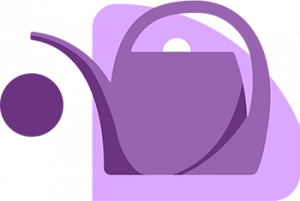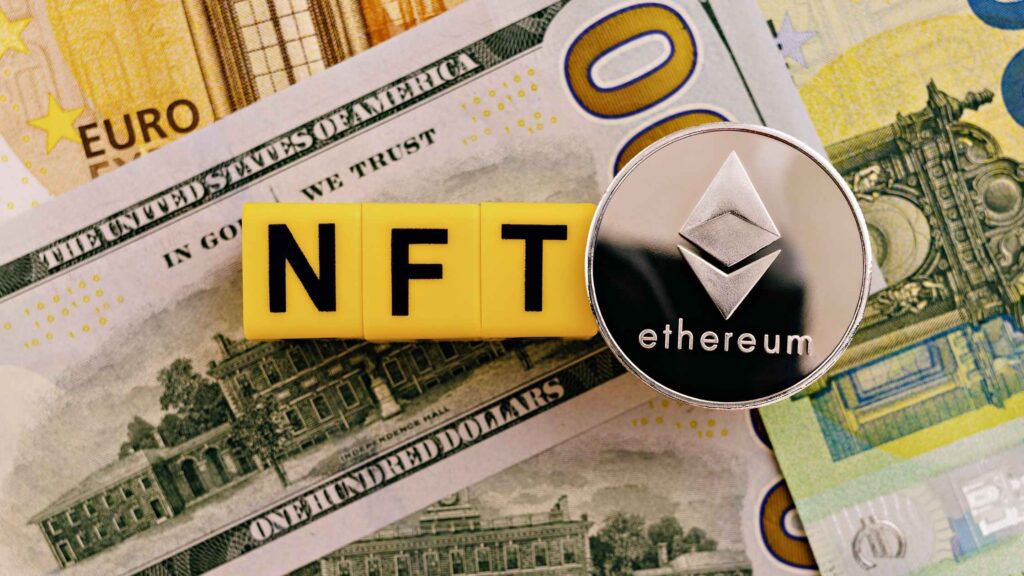What is the Blockchain?

Cyrpto, Bitcoin and blockchain are often used in 1 sentence. But, what is blockchain? Read along ladies and learn about cryptos with me!
What is the blockchain?
Very briefly, a blockchain is a way to record data, i.e., a database. Just a database in a special form. To understand what the blockchain is, we must start at the beginning. The word blockchain can be divided into two parts: block and chain. The blockchain is basically a chain of blocks. In this article, we share a metaphor that makes using blockchain easier!
Blockchain allows you to capture an error-free record of actions, without the possibility of it being changed or manipulated. Error-free recording without third-party intervention – it is “only” recorded by all nodes.
What is a block?
The block in the blockchain is a bundle of data. Each block contains two main parts, the header (the heading) and the transaction list. The header contains information about the block, such as when it was mined. Below that is the list of transactions. Each block can contain about 2000-3000 transactions, but also less. Blocks do not have to be full and not all transactions are the same size. Those transactions are the bitcoin being transferred from one address to another by people like you and me.
Sample
Just an example of how this then works in practice. It’s 2028, you want to buy a car. This car costs 1 bitcoin. You unfortunately only have 0.5 bitcoin, but your sister also has 0.5 bitcoin. She does want to help you. So she sends the 0.5 bitcoin from her wallet to your wallet. Now the system checks if this is correct: does your sister really have that 0.5 bitcoin, is her wallet correct and is your wallet correct? If this verification is done, then the 0.5 bitcoin appears in your wallet and you can buy the car. The system has stored that this transaction is valid, this does not need to be done by a bank. Then the validity of this transaction is stored in the network and everyone knows about it.
Process called mining
The node that adds a new block of valid transactions to the system should be rewarded for this, since it takes computational power to easily verify a block of transactions by mathematical formulas. The fee for adding a block to the network, in the ledger, by a given node is paid out in a new bitcoin (or other type of crypto). This process is called mining.
So creating new bitcoins is a reimbursement of previously approved transactions in bitcoin. Hm, interesting! So crypto currencies are a kind of fee for mining new blocks of transactions.
The chain in blockchain
We now know what a block is, but what makes the chain in blockchain? Looking at the blocks, we see that each block, in addition to the transactions, also contains a header. This header includes a reference to the previous block. This reference is a cryptographic encryption of the contents of the previous block, this is called a hash. Because of this reference to the predecessor, you always know the order of the blocks. So you can’t just change the order of the block. In fact, when changing the order of blocks, the references to all previous blocks should also change and this is not possible. All these blocks in their fixed place in succession form a chain, hence the term: blockchain.
So Blockchain is the technology, and the applications that run on it are called tokens. Briefly, tokens are digital units of value that run on blockchain technology. Bitcoin is thus a token (or coin) running on blockchain technology.
Every 10 minutes…
The great thing is that the Bitcoin blockchain (this also applies to the Ethereum blockchain) is public and therefore available for anyone to view. At https://mempool.space/nl/ you can see that a new block is mined (approximately) every 10 minutes. You can also see here how full the blocks were and how high the transaction fees are. These blocks are distributed throughout the Bitcoin network and connected to the blockchain.
The blockchain keeps track of which coins belong to which address. So you don’t have crypto coins in your wallet, they are actually on the blockchain in the form of transactions.
To explain what the blockchain is, we have used the Bitcoin blockchain in this article, but there are several different blockchains. So there is not 1 sacred blockchain. Different blockchains have different features and are developed for different purposes. For example, the Ethereum blockchain was one of the first to be developed as an alternative to Bitcoin.
In addition to Bitcoin, for example, you have:
- Ethereum
- Polygon
- Solana
- Binance Chain
- Avalanche
- Tezos
Centralized or decentralized?
People sometimes cry that blockchain technology makes it possible for us to do decentralized transactions. But blockchain technology is not necessarily a decentralized thing. Ethereum, for example, is a decentralized blockchain because a transaction on the Ethereum network does not require a “single authority” to confirm the transaction. Here the transaction is confirmed by nodes, a network of computers, which finds consensus on the transaction.
For example, Solana is also a decentralized network, but if you dive deeper into the matter (if you drop out here we catch you, LOL) you will see that it is not as decentralized as Ethereum, because when mining new blocks on the Solana network you need very expensive computers + software. That means it’s less attractive to the layman like us – maybe you – to mine, this is more likely to come down to a group of people deciding together to purchase expensive software and computers. That makes it less decentralized.
Conclusion
Blockchain is the technology behind crypto and many coins and tokens use blockchain technology. It’s quite a bit of snappy technology, and as far as we’re concerned, some basic knowledge is nice, but becoming a blockchain pro is not necessary to invest in crypto anyway. Most importantly, be aware of the risks involved in investing in cryptos!




